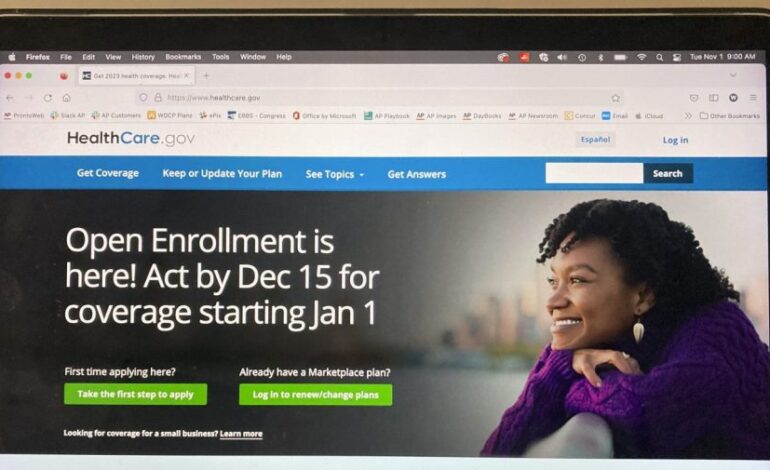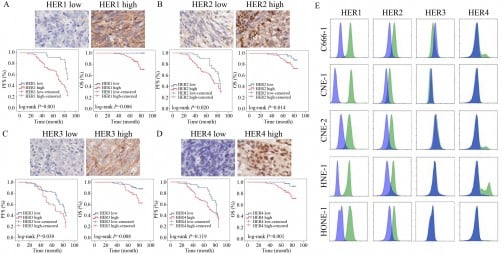Open Enrollment Begins Without Affordable Care Act Subsidies

The open enrollment period for health insurance under the Affordable Care Act (ACA) commenced on October 15, 2023, but this year, individuals will navigate the process without financial assistance in the form of subsidies. This significant change affects millions of Americans who rely on the ACA marketplace for their health insurance needs.
As the enrollment period begins, it has been reported that approximately 13 million people could face increased costs for their health coverage due to the absence of these subsidies. The U.S. Department of Health and Human Services confirmed that the lack of funding for premium tax credits this year marks a notable shift from previous years, when such subsidies helped lower monthly premiums for many enrollees.
Implications for Health Care Costs
The elimination of subsidies is expected to lead to higher out-of-pocket expenses for those purchasing insurance independently. Many health care analysts warn that without financial aid, families may struggle to afford necessary coverage, potentially leading to a rise in the number of uninsured individuals.
Consumer advocates are voicing concerns about the impact of this change, suggesting that many may be forced to select plans with higher premiums or lower coverage levels. The repercussions could be especially challenging for low- and middle-income families who traditionally benefit from these subsidies.
For those looking to enroll, the ACA marketplace provides a variety of plans to choose from, but the lack of subsidies may complicate the decision-making process. Individuals are encouraged to carefully evaluate their options and consider their financial situations before selecting a plan.
Navigating the Enrollment Process
Despite the challenges posed by the absence of subsidies, the enrollment period is a critical time for individuals to secure health coverage. The ACA marketplace remains open until December 15, 2023, allowing potential enrollees time to explore various health insurance options.
Health officials recommend that individuals take advantage of resources available through the marketplace to understand their eligibility for different plans and to assess the coverage that best meets their needs. Navigating the enrollment process can be daunting, particularly in light of the significant changes this year.
The impact of these changes will likely unfold over the coming months, as individuals weigh their options and make decisions regarding their health coverage. The U.S. government and various health organizations are poised to monitor the situation closely, assessing the broader implications of this shift in policy on public health and insurance accessibility.
In conclusion, the initiation of open enrollment without ACA subsidies presents challenges for millions of Americans seeking affordable health insurance. As the deadline approaches, individuals are urged to inform themselves about their choices and the potential financial implications of their health coverage decisions.






